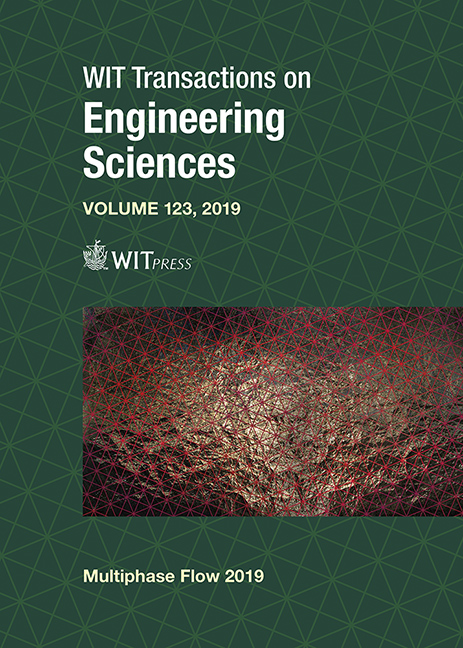STUDY OF POLYMER ELASTIC BEHAVIOR IN THE DISPLACEMENT OF OIL DROPS AT PORE SCALE
Price
Free (open access)
Transaction
Volume
123
Pages
9
Page Range
169 - 177
Published
2019
Size
584 kb
Paper DOI
10.2495/MPF190161
Copyright
WIT Press
Author(s)
LUIS PRADA, ARLEX CHAVES, JULIO PEDRAZA, JOSE GÓMEZ, SAMUEL MUÑOZ
Abstract
Polymeric liquids have been used in the oil industry, especially at enhanced oil recovery (EOR). From the rheological point of view, polymers have the particularity of being viscoelastic liquids. One of the most common and useful models to describe that behavior is the upper convected Maxwell model (UCM). The main characteristic of the polymer used in the EOR process is the increase in viscosity which pushes the oil outside of the reservoir. The elasticity could contribute to the drag of the oil that stays in the reservoir. Studying the elastic effect on the oil drop at the pore scale, brings an explanation if the addition of elastic force could mobilize the oil. This research explores if the contraction and expansion of the polymer in the pore-scale may increase the elastic behavior of this kind of fluid. For that reason, this work simplified the pore geometry and built two simple geometries with micrometer lengths. Using source terms with the user defined function this work introduces the UCM model in the ANSYS Fluent simulator with the purpose of evaluating the elastic effect of the polymer in a contraction and expansion geometry. Also, using the Eulerian multiphase model this research considers the possibility that extra elastic force will show a deformation effect on the oil, for that reason, this work considers an oil drop on the upper wall of the geometry. Finally, all the simulations exhibit that at pore scale conditions extra vortices exist in the UCM model but it is not possible to deform the oil completely and push it outside of the restrictions.
Keywords
ANSYS Fluent, interfacial fluids mechanics, polymers, pore scale, viscoelasticity





